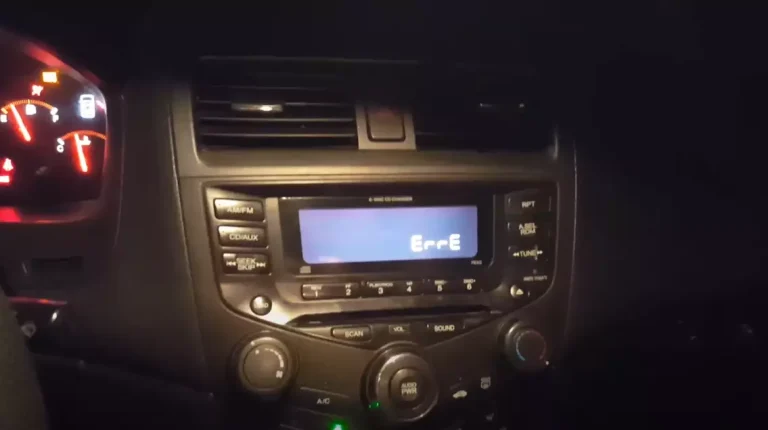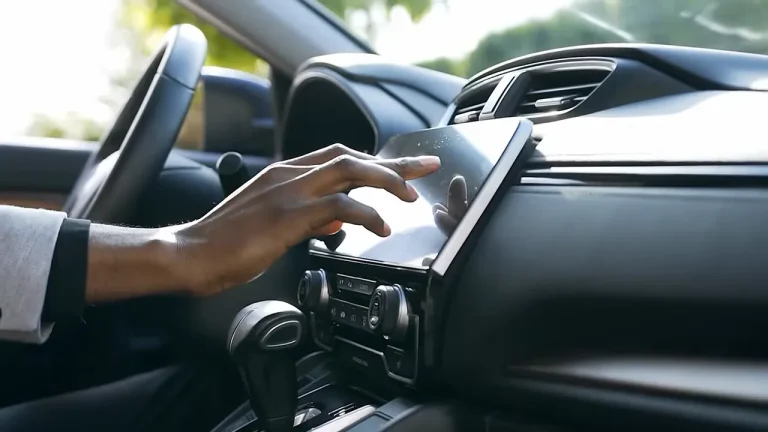What To Do If Your Subwoofer Is Not Hitting Hard Enough
If your subwoofer is not hitting hard enough, check the settings to ensure they are not muted and that low-frequency sounds are playing. Additionally, check the wiring and polarity to make sure there are no issues.
Faulty connection cables and power cords can also be a cause of a weak subwoofer, so try swapping them out. You can also use a multimeter to check the resistance on all voice-coils to ensure they are not blown. If none of these steps solve the issue, there may be a problem with the amplifier or the subwoofer itself.
Assessing The Problem
| Common issues that impact subwoofer punch |
When your subwoofer is not hitting hard enough, there could be several reasons behind it. One common issue is muted settings, where the sound output is set too low or the bass has been turned down. Another possible cause could be the lack of low-frequency sounds playing through your system, which can make the bass response feel weak.
In addition, incorrect frequency settings can also impact the punch of your subwoofer. If the frequency is set too high or too low, it can result in a less impactful bass response. Similarly, weak amplification can also be a culprit. If your subwoofer is not receiving enough power, it may not be able to hit hard enough.
Another potential cause could be faulty connections or wiring issues. Check the cables and power cords connecting your subwoofer to your audio system to ensure they are properly connected and functioning. Faulty or damaged cables can cause a weak bass response.
If you have checked all the connections and settings and your subwoofer is still not hitting hard enough, it is recommended to seek professional help or reach out to the manufacturer for further assistance.
Initial Checks
To ensure that your subwoofer is hitting hard enough, there are a few initial checks you can perform:
Ensuring proper subwoofer placement: Incorrect placement of your subwoofer can affect its performance. Make sure that it is positioned properly in your room, away from corners and walls, to prevent sound distortion.
Verifying source material quality: Low-quality source material may not provide the necessary bass frequencies for your subwoofer to hit hard. Check the quality of the audio files or sources you are using.
Checking subwoofer volume and crossover settings: Make sure that the volume on your subwoofer is set to an appropriate level. Adjust it gradually until you achieve the desired bass level. Additionally, check the crossover settings, which determine the frequencies that the subwoofer will reproduce.
If you have performed these initial checks and your subwoofer is still not hitting hard enough, there may be other factors affecting its performance. Checking for wiring issues, including polarity problems, and ensuring that the subwoofer has enough power are some additional steps you can take to troubleshoot the problem.
Power Supply And Wiring
| Power Supply and Wiring |
|---|
| Checking amp power and gain levels |
| Examining subwoofer and amplifier connections |
| Diagnosing potential wiring faults |
If your subwoofer is not hitting hard enough, there are a few steps you can take to troubleshoot the issue. First, check the power supply and wiring. Make sure that the amp power and gain levels are properly set. Incorrect settings can result in weak performance. Next, examine the connections between the subwoofer and amplifier. Ensure that they are securely plugged in and that there are no loose wires. Loose connections can cause a decrease in performance. Lastly, diagnose any potential wiring faults. Check for any damaged or faulty wires that may be affecting the subwoofer’s performance. Fixing or replacing faulty wires can help restore the subwoofer’s power. By following these steps, you can address the issue of a subwoofer not hitting hard enough.
Setting Adjustments
If your subwoofer is not hitting hard enough, there are a few things you can try. First, check your settings and make sure they are not muted or set too low. If that doesn’t work, it could be an issue with wiring or connection cables, so try swapping them out.
It’s also possible that there is a problem with the amplifier or the sub itself, so make sure to check those components as well.
| Symptoms: |
– Subwoofers not hitting as hard as before
– Weak bass output – Low frequency sounds lacking impact – Subwoofer not playing at all |
| Possible causes: |
– Muted settings or incorrect frequency settings
– Wiring issues, including polarity problems – Faulty connection cables or power cords – Blown speaker or blown voice coils – Insufficient power supply to the subwoofer |
| Potential solutions: |
– Check and adjust volume and low-pass filter settings
– Verify correct wiring and polarity connections – Replace faulty cables or power cords – Inspect subwoofer for any physical damage or blown components – Ensure sufficient power supply for the subwoofer |
Upgrading Equipment
- Subwoofers may not hit hard due to a variety of reasons such as muted settings, no low frequency sounds playing, wrong frequency or amplifying…
- It’s possible that your subwoofer isn’t hitting hard due to wiring issues, especially polarity issues. Make sure that your subwoofer’s positive…
- In many cases, faulty connection cables and power cords are to blame for a weak subwoofer. Swap out all of the cables and check to see if this…
- Check the connections. If all connections are good. Get a multimeter and check the resistance on all voice-coils to make sure you haven’t blown any of them.
- Play some music, unplug them one at a time while it is playing. If the sound does not change when one is unplugged one of them isn’t working.
There are several possible causes of a car subwoofer not hitting hard, including a blown speaker, a wiring issue, an amplifier problem, a poor…
Verify Settings on the Subwoofer: Check the subwoofer’s volume and low-pass filter settings. If the volume is too low, increase it gradually until you achieve the desired bass level. Adjust the low-pass filter (crossover) setting to ensure it’s appropriate for your audio system.
Why is my subwoofer not loud enough? Improper Polarization. Phase problems could be making your subwoofer sound weak. Try flipping the polarity on the sub so that its drive…
What makes a subwoofer hit harder? It could be a combination of factors including the power and quality of the amplifier, the design and quality of the subwoofer enclosure, and the quality of the audio source being played.
Enclosure Optimization
Subwoofers may not hit hard due to a variety of factors. If your subwoofer is not hitting hard enough, consider the following:
- Check the settings on your subwoofer to ensure it is not muted and the volume is properly adjusted.
- Ensure that low-frequency sounds are playing correctly. Sometimes, the audio source may not be producing the desired bass.
- Analyze if the current enclosure is suitable. Sealed enclosures provide tight and accurate bass, while ported enclosures offer more bass output. Determine which type of enclosure suits your preferences.
- If the enclosure is not delivering the desired bass, consider modifications such as adjusting the internal volume or adding a port.
- Check the wiring connections and cables to ensure they are properly connected and functioning. Faulty cables or wiring issues can result in a weak subwoofer.
- If your subwoofer is connected to an amplifier, verify that the amplifier settings are optimized for the subwoofer output.
By implementing these tips and troubleshooting techniques, you can potentially improve the performance of your subwoofer and make it hit harder.
Professional Intervention
If your subwoofer is not hitting hard enough, there could be several reasons for this issue. It may be due to muted settings, no low frequency sounds playing, wrong frequency or amplifying, faulty connection cables, power cord issues, wiring problems, or even blown speakers.
It is recommended to check all the connections, swap out cables, and verify the subwoofer’s volume and low-pass filter settings to ensure optimal performance.
|
Conclusion
To fix a subwoofer that isn’t hitting hard enough, there are several steps you can take. First, verify the settings on your subwoofer, increasing the volume gradually until you achieve the desired bass level. Next, check the connections and swap out any faulty cables or power cords.
It’s also important to check for wiring issues and polarity problems, which could be affecting the performance of your subwoofer. Finally, make sure that your subwoofer is receiving enough power by turning up the gain on the amplifier. By following these steps, you can give your subwoofer the extra power it needs to hit harder.


